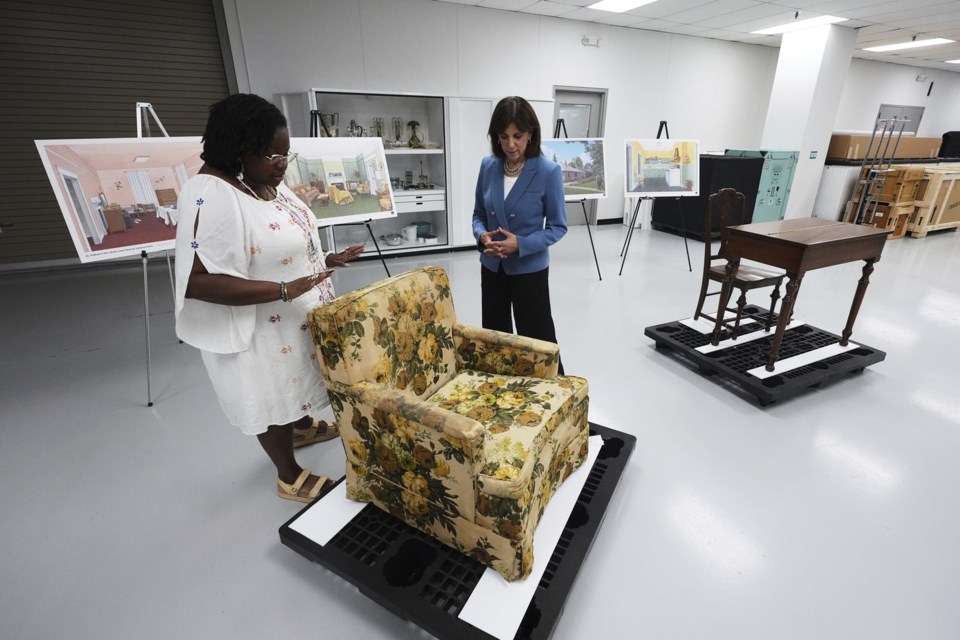DEARBORN, Mich. (AP) — Museums across the U.S. are displaying artifacts that represent and reflect landmark events of the Civil Rights era. Visitors to the Henry Ford near Detroit can see the bus Rosa Parks was riding when she refused to give up her seat to a white man in 1955, and a desk where the Rev. Martin Luther King Jr. planned voting rights marches.
“What we do here is help explain our story, as a community, as a culture, as a society to those who may not have lived through it, who may not remember it or who may have a different memory than what we collectively understand," said Amber Mitchell, curator of Black history at the Henry Ford.
Public access to these items at federal sites may be restricted or prohibited under Trump administration rules seeking to bar what the president calls “divisive" ideology that acknowledges the outsized role racism has played in American history and culture.
The artifacts include:
— The Clark Doll, a plastic, dark-skinned toy doll used by psychologists Kenneth and Mamie Clark during the 1940s while studying the impact of segregation on Black children. The doll is on permanent display in the Brown v. Board of Education National Historic Site in Topeka, Kansas.
— Shards of stained glass from windows at the 16th Street Baptist Church in Birmingham, Alabama, are on display at The National Museum of African American History and Culture, part of the Smithsonian Institution in Washington, D.C. White supremacists bombed the church in 1963, killing four Black girls attending Sunday school.
— Parts of a car owned by NAACP activist Vernon Dahmer are on long-term loan to The Mississippi Civil Rights Museum in Jackson, Mississippi. The Ku Klux Klan firebombed and shot at Dahmer's home in 1966. Dahmer, who had recruited Blacks to vote, rescued his family and they escaped in the car, but he died the next day from smoke inhalation.
— Fountain pens used by President Lyndon B. Johnson to sign the 1964 Civil Rights Act and the 1965 Voting Rights Act are on display at The National Museum of African American History and Culture.
— Executive Orders 9980 and 9981 that desegregated the U.S. military and the federal government are stored in the National Archives, but copies are on display at the Harry S. Truman Presidential Library in Independence, Missouri. Truman issued the orders in 1948 following a beating that left Army Sgt. Isaac Woodard blind. Woodard was heading home to South Carolina in 1946 after serving in WWII when a white police chief pulled him from a Greyhound bus and beat him. Woodward was still wearing his uniform when he was assaulted. An all-white jury acquitted the chief.
The Associated Press




